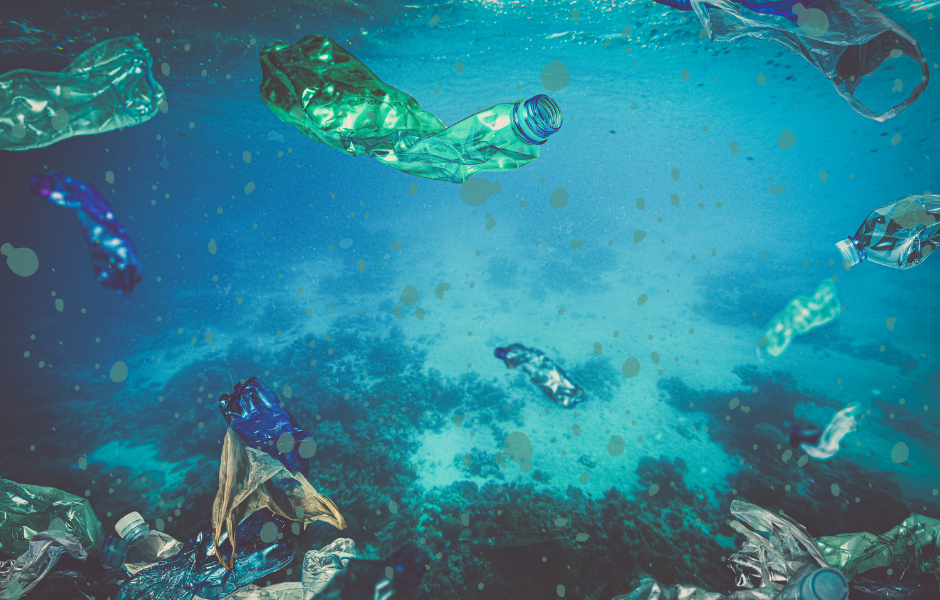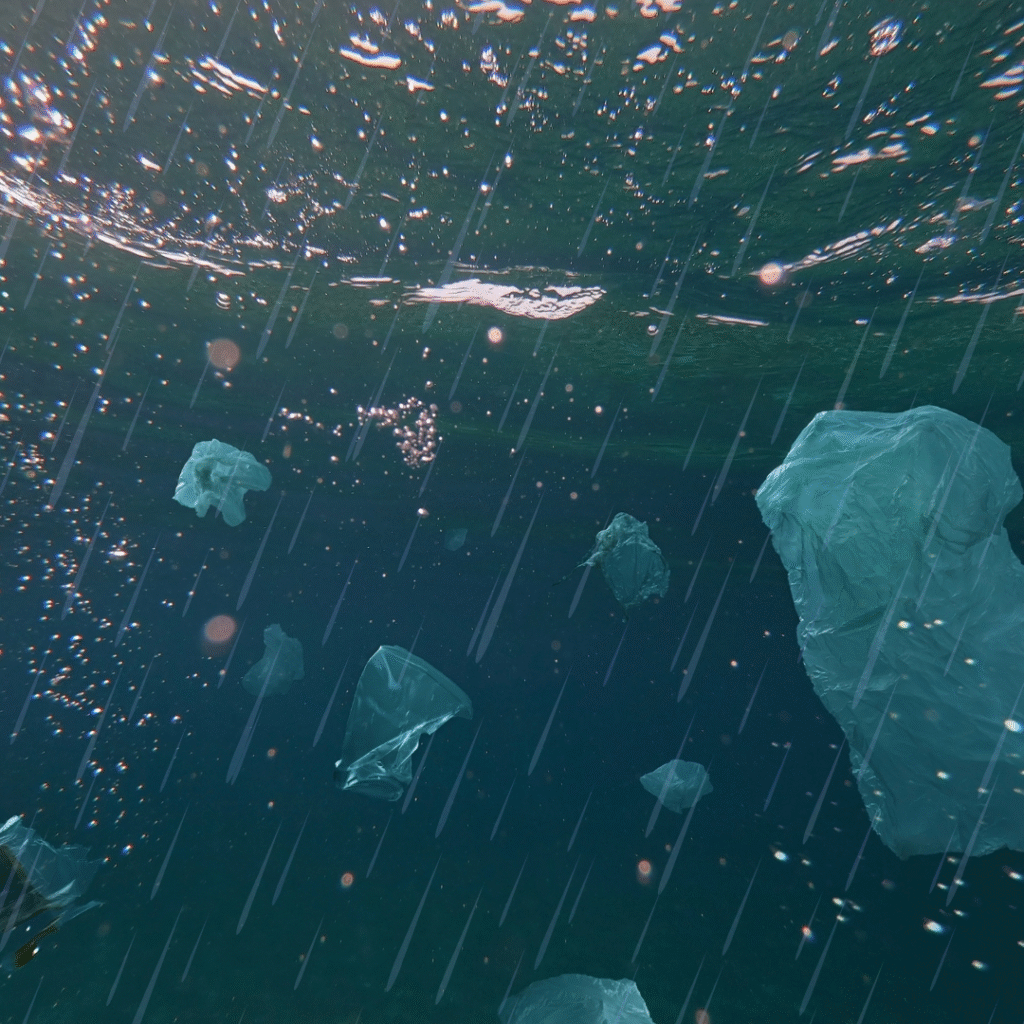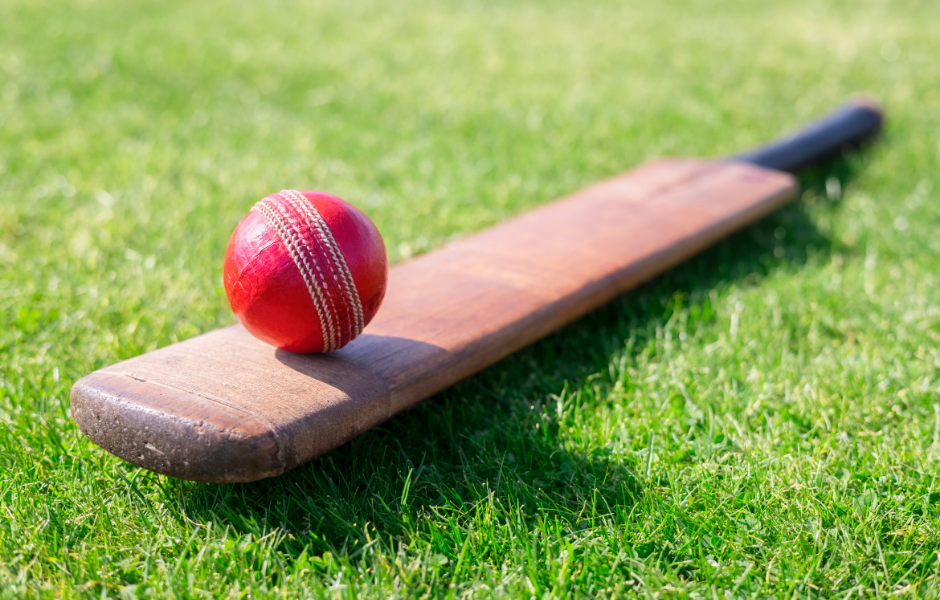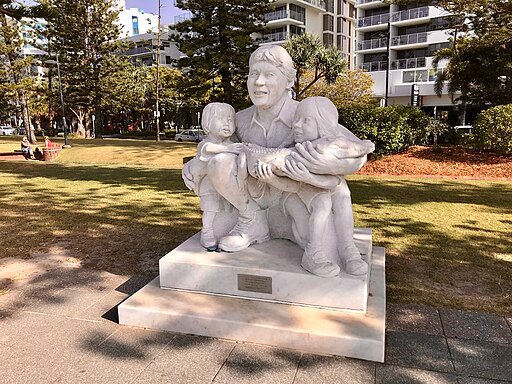
This children’s article, New plastic from Japan disappears in the ocean – could it be the end of plastic pollution?, has been written for native English speakers and learners of English as a second or foreign language. It can help children practise reading and comprehension, learn useful vocabulary, and explore an exciting science story about protecting our oceans. Written by Sinead O’Carroll, an experienced teacher and writer, this article explains how a new plastic breaks down in water and why that could be great news for our planet.
A new kind of plastic
Scientists in Japan have invented a new plastic that dissolves in seawater. The material is non-toxic and breaks down completely, which means it might help reduce plastic pollution in the oceans.
Experts say the new plastic can disappear in two to three hours, depending on how thick it is and what size it comes in. That is much faster than most existing biodegradable plastics.
Why regular plastics are a problem
Plastic pollution is one of the biggest environmental problems in the world. Many biodegradable plastics do not fully dissolve. Instead, they break into tiny pieces called microplastics. These small bits of plastic can pollute the ocean and harm sea animals.
Microplastics are often eaten by fish, seabirds, and other wildlife. This can make animals sick and even affect human health if we eat seafood that contains plastic.
What is this new plastic made from?
The new plastic was developed by researchers from the University of Tokyo and a science lab called the RIKEN Centre for Emergent Matter Science in Japan.
It is made by joining two small molecules together. Molecules are tiny building blocks that make up everything around us, like water, air, and plastic. These tiny molecules stick together tightly, which makes the plastic strong but also bendy.
When tested in soil, a piece of the plastic about 5 centimetres wide disappeared completely in just over 200 hours – that’s a little more than eight days.
The scientists say this is an exciting step forward. While many teams around the world are working on eco-friendly plastics, this one breaks down more quickly than most others and leaves no trace behind.
What happens next?
The new plastic is still being tested and isn’t ready to use yet. But many companies, especially ones that make packaging, are very interested in it.
Professor Takuzo Aida, one of the scientists behind the invention, says it could be a big step toward protecting the planet.
While moving away from plastic completely is difficult, materials like this could be part of the solution.

Article vocabulary list
- Dissolve – to break down and disappear in water or another liquid
- Non-toxic – safe and not harmful to people, animals, or the environment
- Biodegradable – able to break down naturally without harming the earth
- Microplastics – very tiny pieces of plastic that come from larger plastic items
- Pollution – harmful things added to the environment
- Flexible – able to bend without breaking
- Molecules – tiny building blocks that make up all materials
Comprehension questions
Just click the plus (+) to see the answer
1. What is special about the new plastic made in Japan?
a) It floats on water
b) It dissolves in seawater
c) It glows in the dark
Answer: b) It dissolves in seawater
2. How long does it take for the new plastic to dissolve in seawater?
a) Two to three hours
b) One day
c) One week
Answer: a) Two to three hours
3. What are microplastics?
a) Large plastic bags
b) Pieces of plastic that cannot melt
c) Tiny bits of plastic that can pollute nature
Answer: c) Tiny bits of plastic that can pollute nature
4. What do many sea animals do with microplastics?
a) Use them as shelter
b) Eat them by mistake
c) Build nests with them
Answer: b) Eat them by mistake
5. Which two places helped develop the new plastic?
a) Tokyo Zoo and a recycling company
b) University of Tokyo and RIKEN Centre
c) Japanese schools and factories
Answer: b) University of Tokyo and RIKEN Centre
6. Why are people excited about this new invention?
Example answer: Because it breaks down quickly in water and could help stop plastic pollution in the ocean.
Sinead is a writer and EFL teacher with eight years’ experience. She’s a native English speaker who loves making news stories fun and easy to understand for children around the world. Her passions include travel, animals, and helping to make the world a kinder, more sustainable place.




